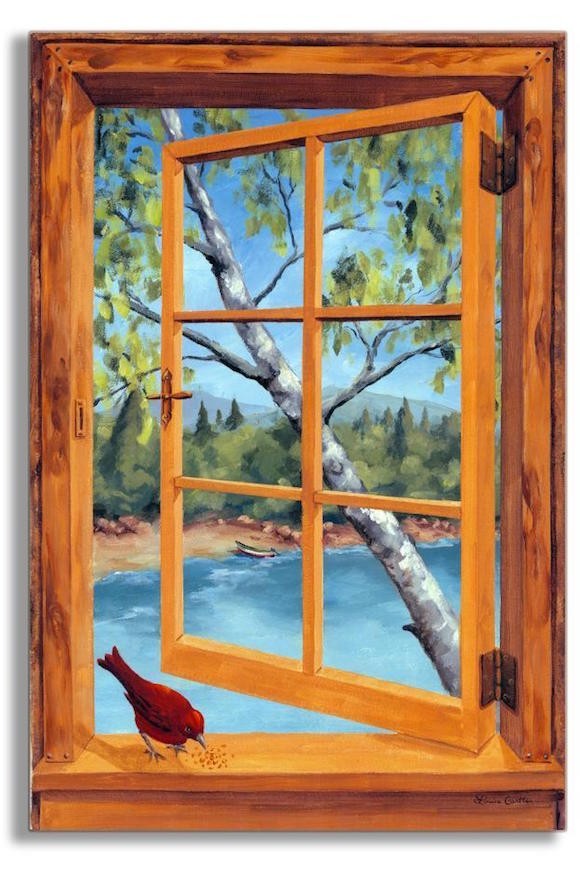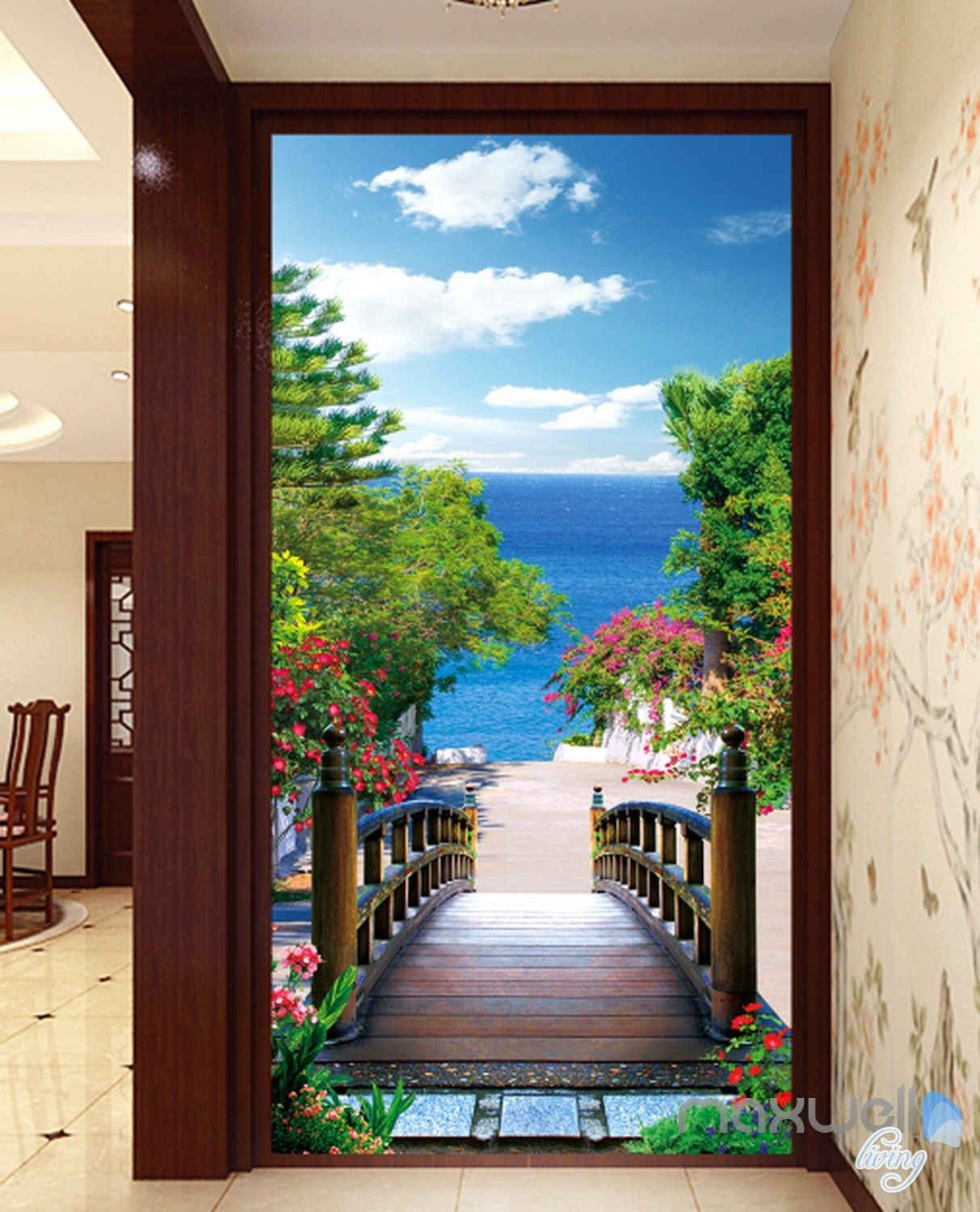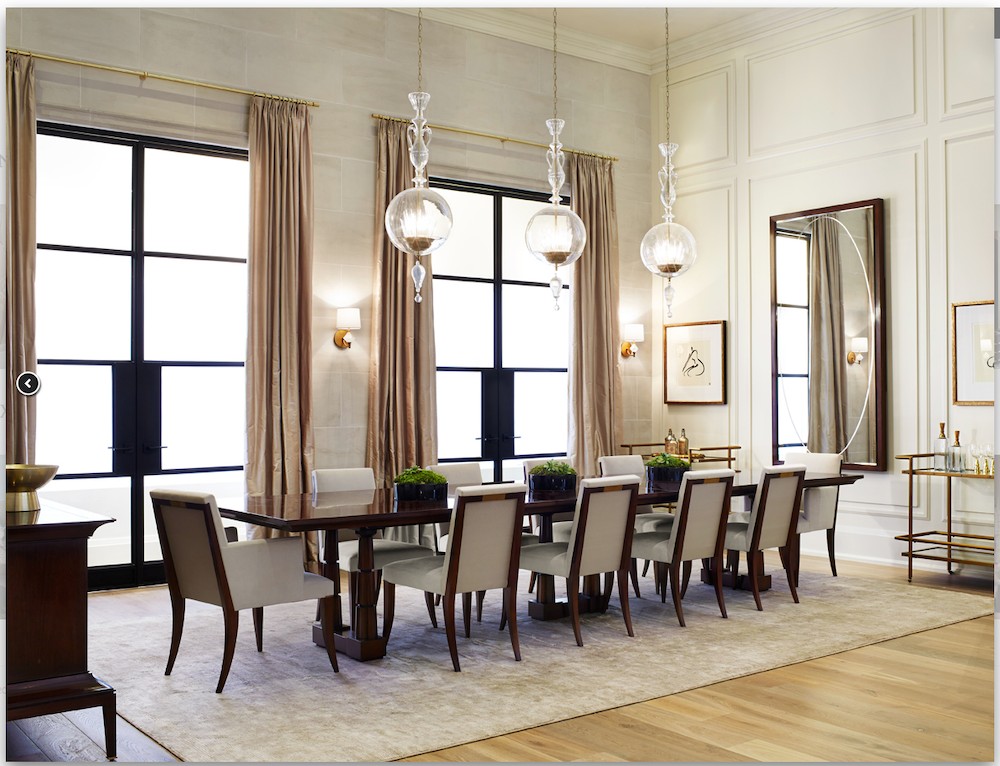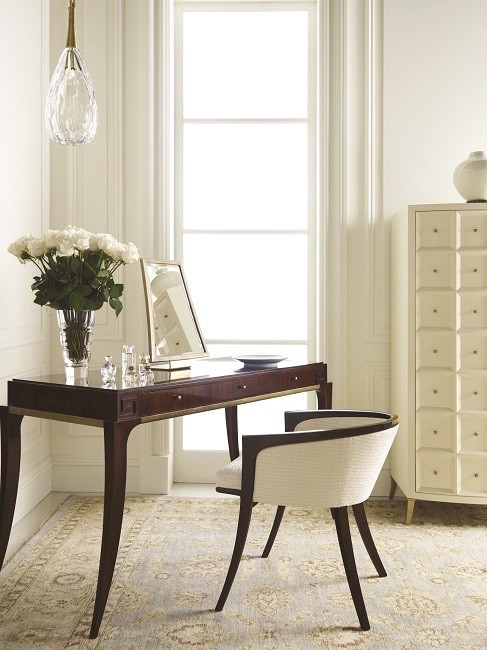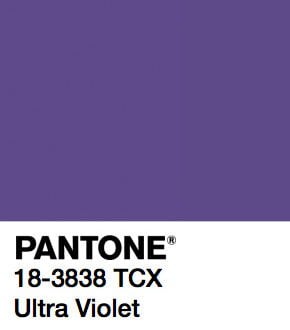No Windows? No Problem. Help For A Windowless Room
As we’ve received numerous inquiries from readers about tackling the challenge of a windowless room, I’d like to address this common concern. It’s only natural to wonder how to make the most out of an interior space that lacks natural light and ventilation.
There are many situations where we might find ourselves in a windowless room.
While basements, bathrooms, kitchens, and hallways are often characterized as being windowless, there’s more to it. For instance, some apartment bathrooms and many kitchen spaces can also be without natural light. Additionally, when designing a room or space that needs separation, it’s not uncommon for the partitioned area to lack windows too. Similarly, apartments and townhouses might have areas with no windows due to their architecture or design.
So what are the options if you have a windowless room?
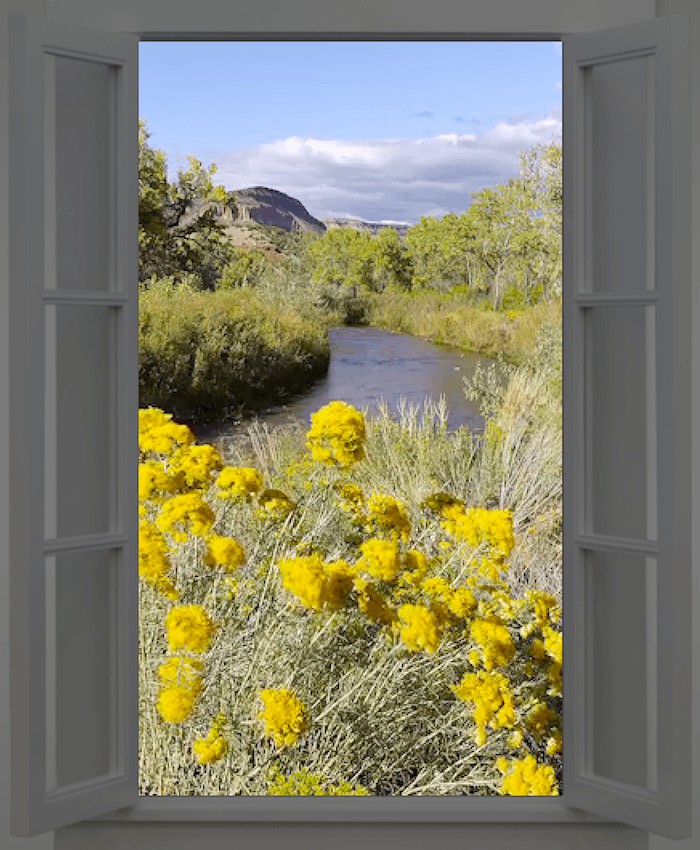

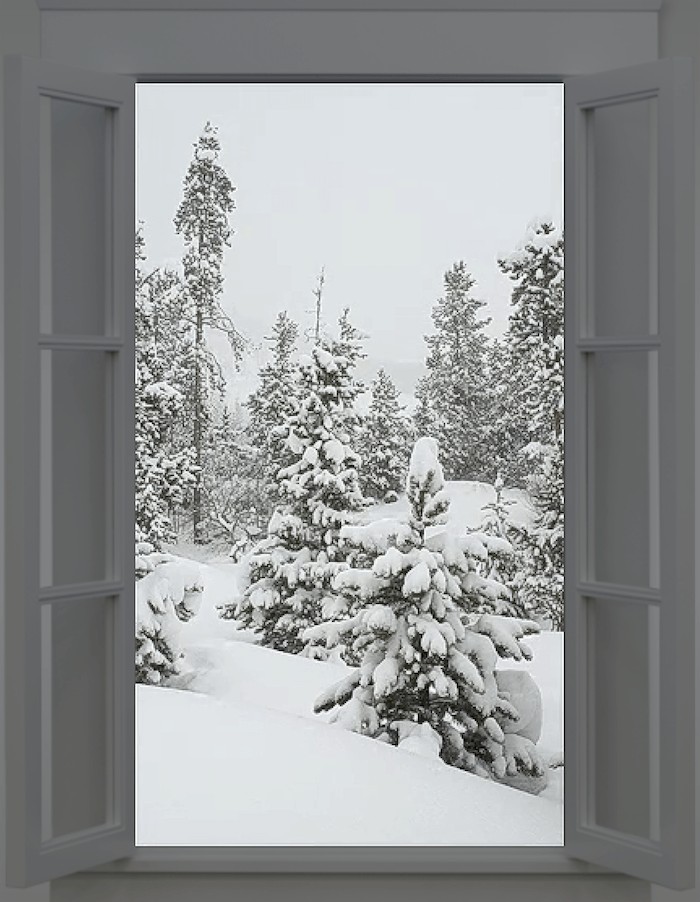



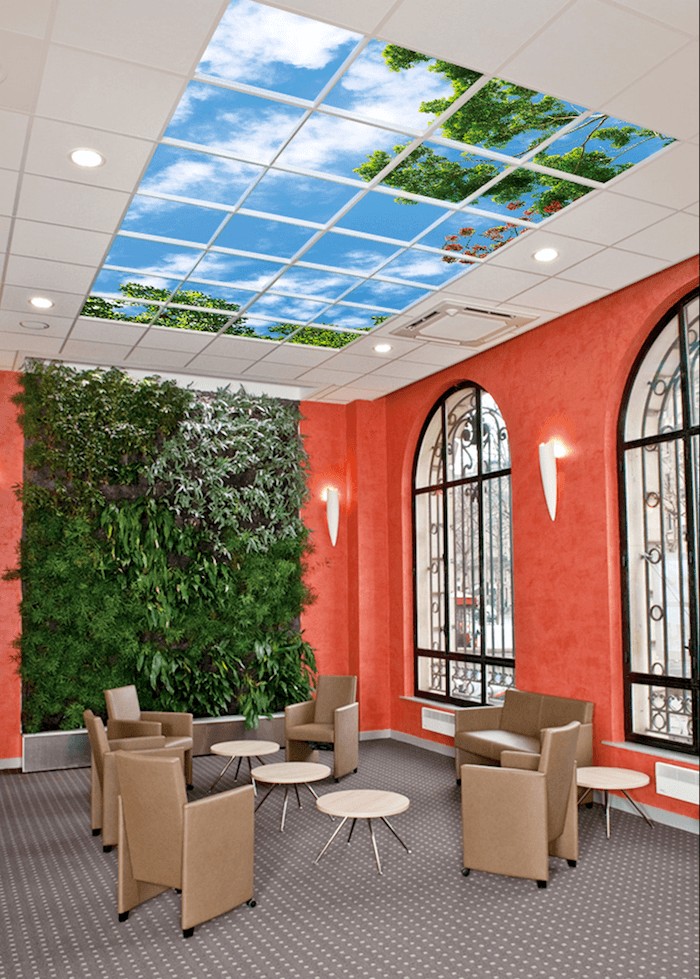

Imagine having a virtual sky factory at your fingertips, where you can transport yourself to any environment imaginable. From the majestic tundra and mountains to underwater aquariums and tropical palms under twilight skies, the possibilities are endless. And now, with companies like Windways pushing the boundaries of innovation, you can experience it all without leaving your physical space.
Their virtual windows not only provide a panoramic view but also simulate real-life movement, as if you’re actually gazing out at the breathtaking scenery. Priced between $10,000 and $20,000, these cutting-edge installations are an investment in your mental well-being and a reminder that even the most extraordinary experiences can be had from the comfort of your own home.
Can’t we just move instead?
The Truman Show echoes in my mind, but I’d rather splurge on Canyon Ranch than dwell on the theme of perpetual surveillance. For those living on a Hamburger Helper budget, though, finding affordable alternatives can be daunting. Perhaps, we could focus on a more whimsical approach, like transforming a playroom or kids’ room into an idyllic retreat. The price point is certainly manageable. A beach-inspired wallpaper door with a charming footbridge, for instance, would be a fantastic idea!
And while it might not come with a life insurance policy, the design itself could provide a sense of security. Just imagine Uncle Bob’s reaction when he gets a little too enthusiastic and decides to take an impromptu dip – ouch!
But here is the one that I really want to have.
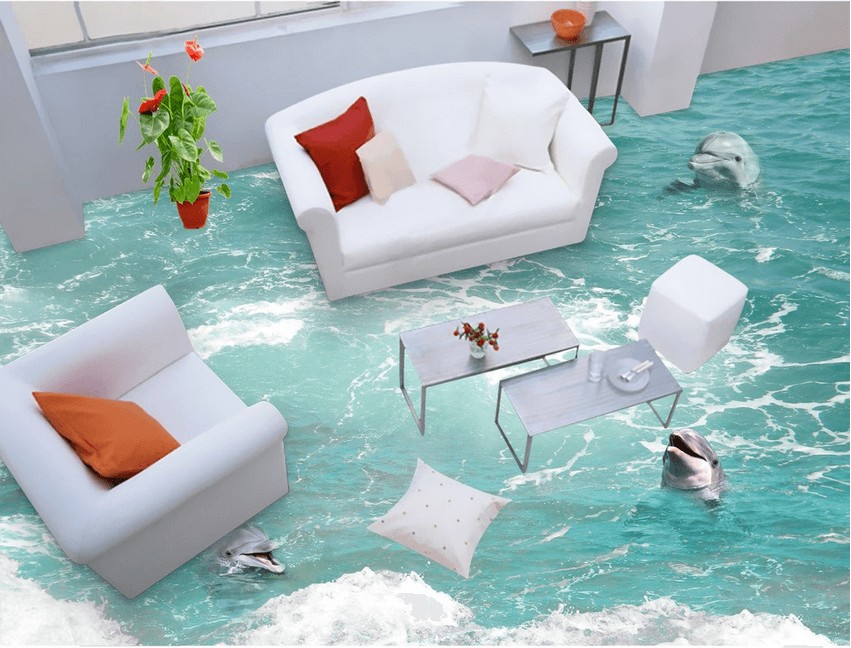
The world of AJ Wallpaper is often shrouded in mystery, but its origins are far from psychedelic. While some may associate it with a certain era of free-spirited experimentation, the truth behind this flooring material is surprisingly straightforward. In reality, AJ Wallpaper is simply a type of floor covering designed to add visual interest and texture to any room.
Okay. Time to get serious.
A Windowless Room
A windowless room is like a room with windows- except it’s always nighttime.
While it may seem obvious at first glance, the notion that windows are essential to our well-being is rooted in more than just physical necessity. The reflective properties of glass, for instance, continue to illuminate a room even in the absence of direct light sources, effectively bridging the gap between day and night. This subtle yet profound aspect of window design had only recently dawned on me as I began crafting this piece, a testament to the power of introspection and self-discovery.
Moreover, our affinity for windows extends beyond mere functionality to psychological associations – we instinctively link them with freedom, fresh air, and good health. The absence of these visual portals can be downright unsettling, highlighting the profound impact windows have on our daily lives.
The first piece of business concerning windowless rooms.
When it comes to deciding what color to paint your windowless room, it’s essential to consider the lighting. The answer may seem counterintuitive at first, but think of painting a room with windows in the same way you would approach a space without them. Lighting plays a crucial role in how the color is perceived. In my previous home, we had a windowless basement that I transformed by painting it a soft, pale yellow – Benjamin Moore 937 to be exact.
The slightly icy tone worked beautifully with the incandescent lights that lined the room, including recessed down-lights and wall sconces.
And, always architectural interest.
We find ourselves in windowless rooms all the time and deem them gorgeous!
In various sectors, such as department stores, restaurants, hotels, and theaters, artificial environments are common. The majority of showrooms at furniture markets like High Point also fit this description. It’s worth noting that most of these spaces have no natural light, as they are often windowless. Surprisingly, people don’t seem to mind this lack of exposure to the outdoors.
On the contrary, when I do come across a showroom with exterior windows, it can sometimes feel slightly disorienting.
But, I figure that we can start with these beautiful furniture showrooms to learn some tricks we can apply at home if we have a windowless room.

When it comes to designing a space that feels bright and airy, even the most skeptical among us can learn from the experts at The Baker Showroom at High Point. A few years ago, they pulled off an impressive feat by transforming a room into an inviting oasis using clever design tricks. One of their signature moves was to incorporate a monochromatic color scheme, which added depth and visual interest without overwhelming the senses.
Additionally, the strategic use of mouldings helped to create a sense of texture and dimensionality. But what really caught our attention was how they created ‘windows’ – albeit virtual ones – by strategically placing mirrors around the space. The result is a room that feels light-filled and expansive, even in the absence of actual windows.
MIRRORS ARE ONE ANSWER
In the world of interior design, mirrors play a crucial role in reflecting light and creating a sense of brightness. This is particularly important for spaces that are naturally dark or have limited natural light exposure. Take, for example, the stunning Christopher Guy Showroom in Las Vegas, expertly captured by Jeanne Chung of Cozy Stylish Chic.
The strategically placed mirrors not only add a touch of glamour but also effectively bounce light around the room, imbuing it with a warm and inviting ambiance.
We’ll come back to some more ideas for windowless rooms using mirrors in a sec.
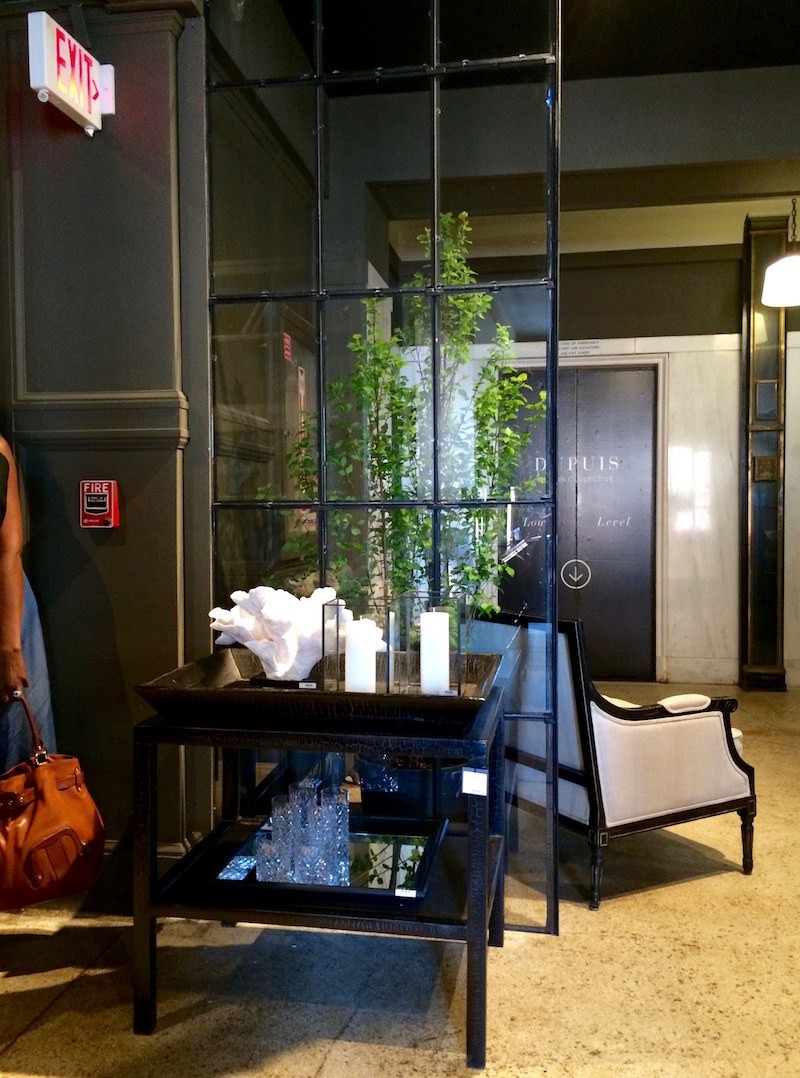
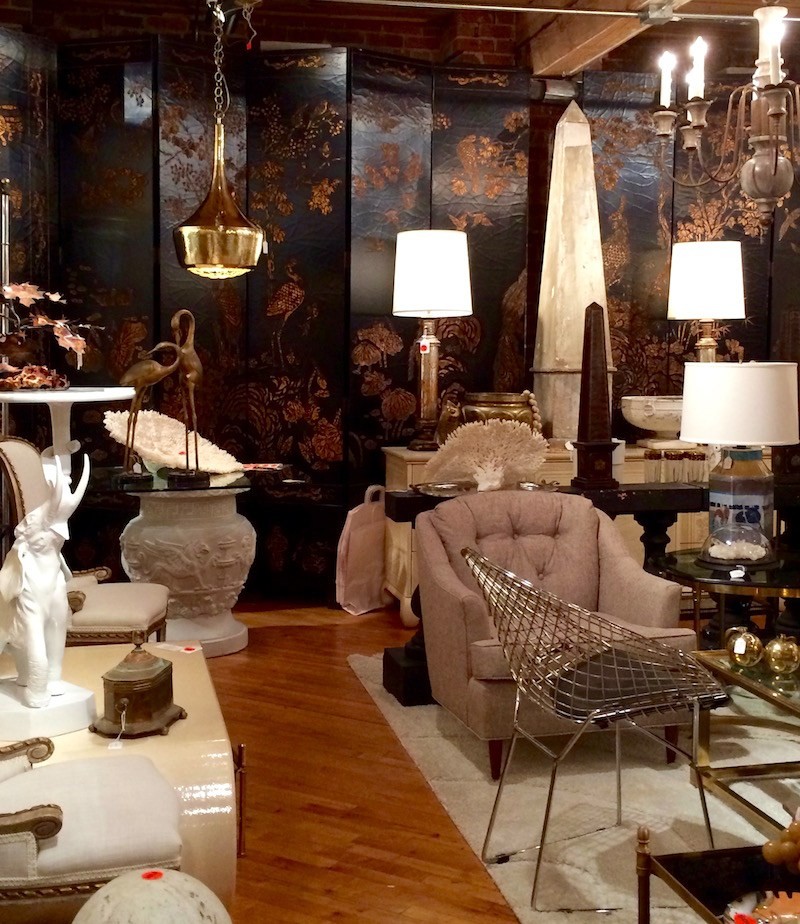
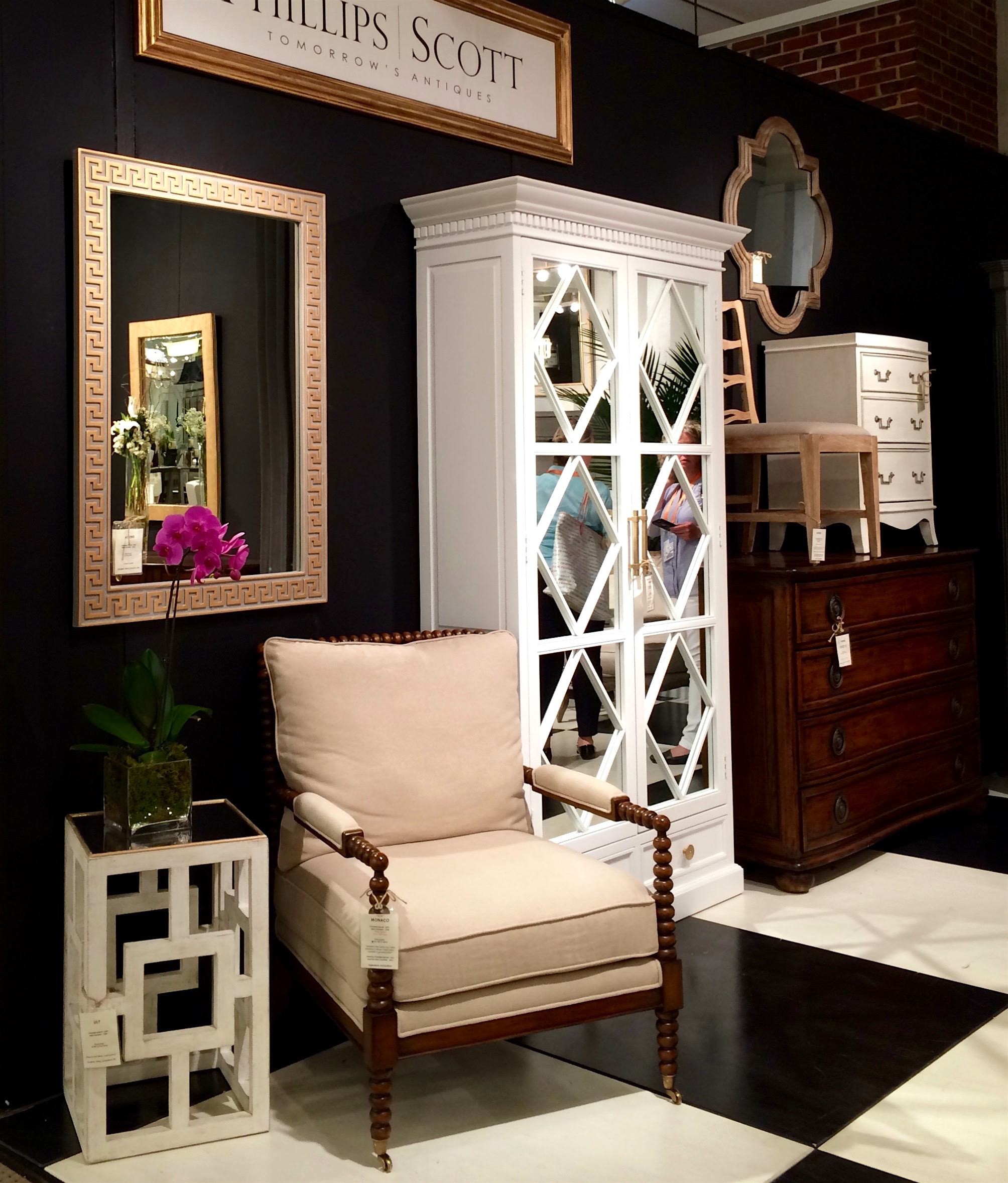
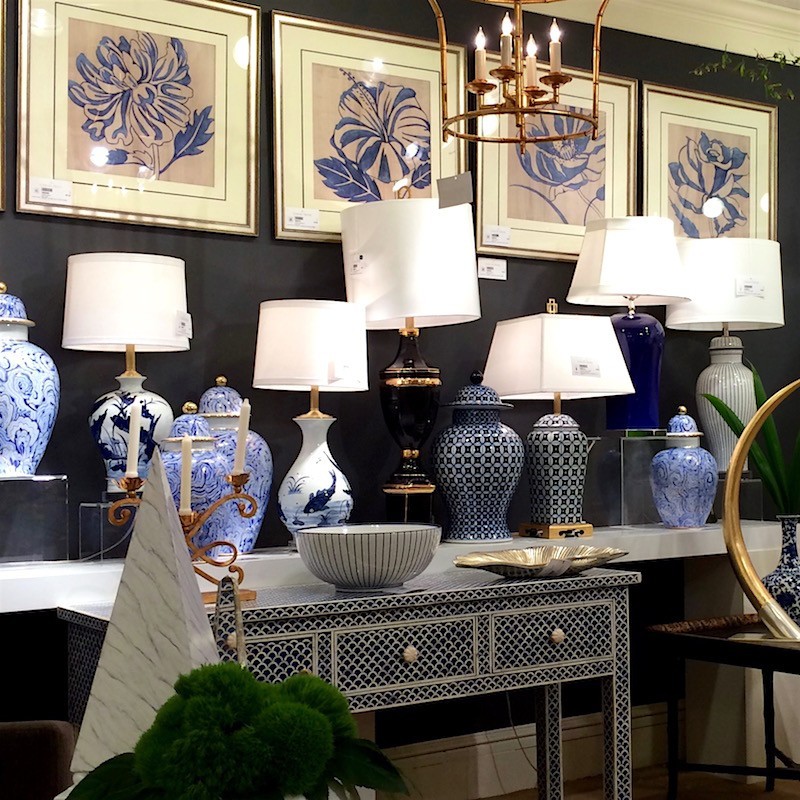
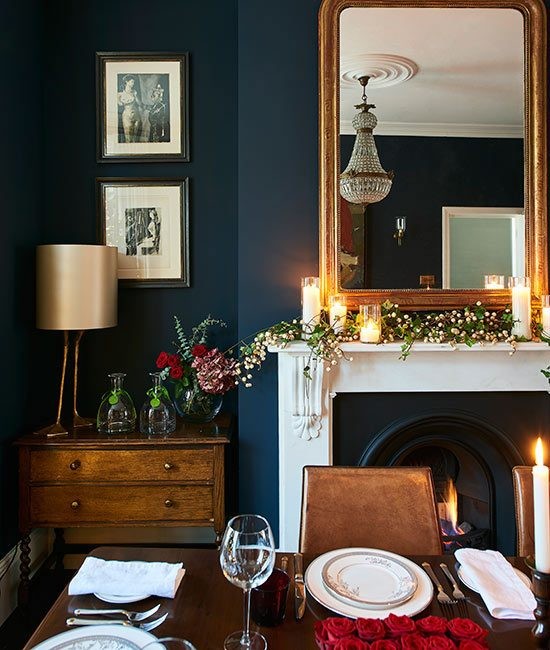
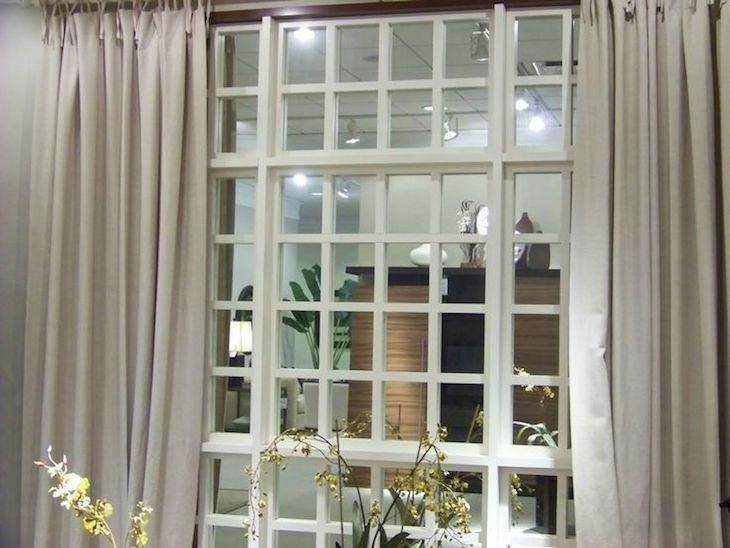
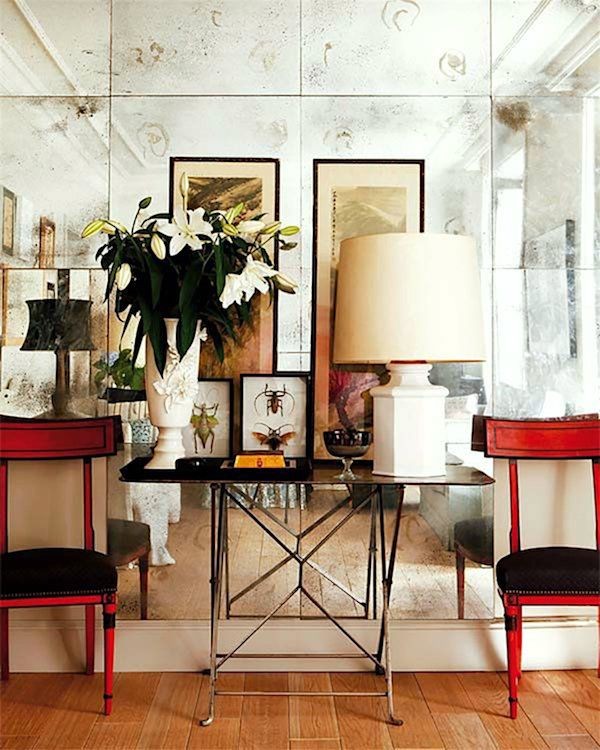

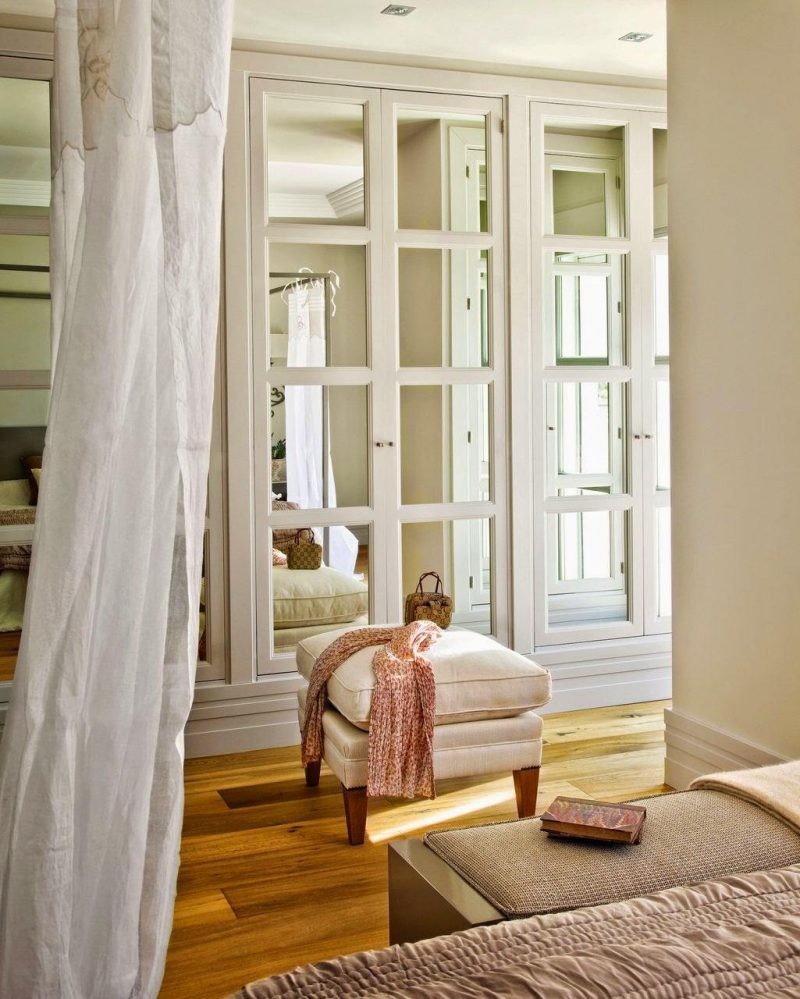
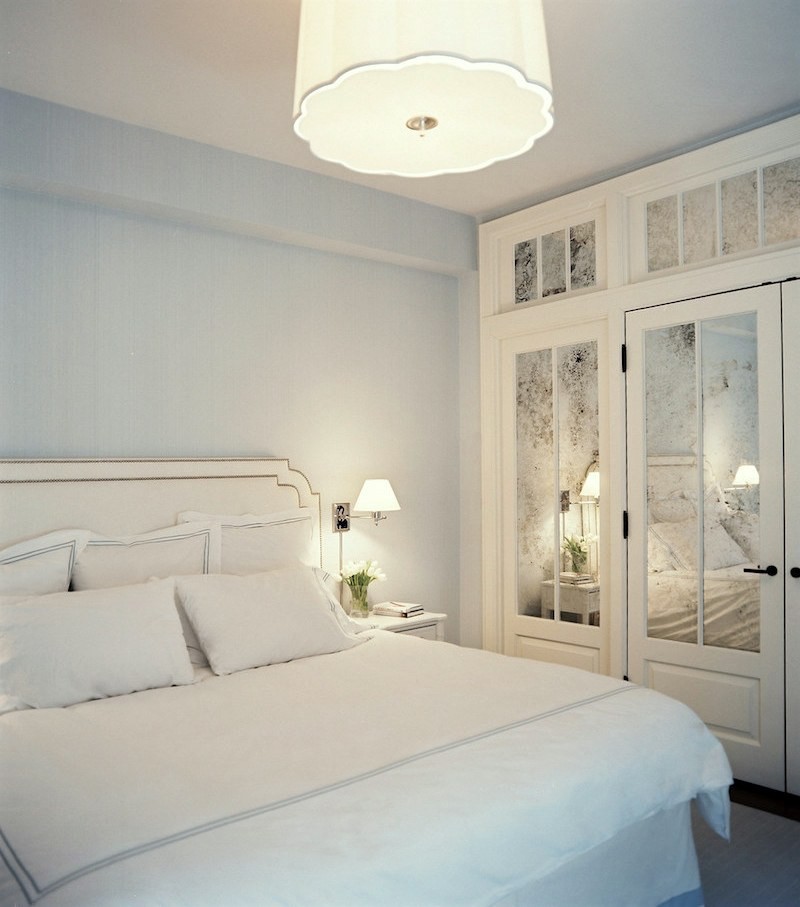
I’m excited to share four more images from my 2016 visit to High Point Market. Let’s start with a stunning interior window partition from Dupuis showroom that I knew would come in handy one day. Next, we have Carol Pollard’s booth at High Point Antique Center, featuring an incredible Chinoiserie screen and plenty of beautiful lighting, glass, and metallic pieces – no mirrors or windows in sight!
I’m also fond of Phillips Scott’s booth, which boasts a dramatic black and dark gray color scheme that’s just as striking in person. And if you love the vignette with a bone inlay table, art prints, and blue and white lighting from Chelsea House, keep an eye out for similar pieces at HG Living Beautifully. What do you think about mirrored ‘windows’ flanked by drapes? I’m torn – while it’s a unique idea, I personally prefer ornate mouldings.
That being said, creating an interior window can be a great concept to explore. Speaking of mirrors, have you seen the stunning antique mirror paired with those bold red Klismos chairs in Morgane Sezalory’s stylish home? And did you know that mirrors can also elevate a room without windows? Take inspiration from these fabulous mirrored closet doors or any doors with mirrors – they’d be perfect for a windowless space.
Christina Murphy and Meg Gabriele of Lonny share their own beautifully styled bedroom with antique mirrors on the closet doors.
It doesn’t have to be a mirrored all the way around in a windowless room.
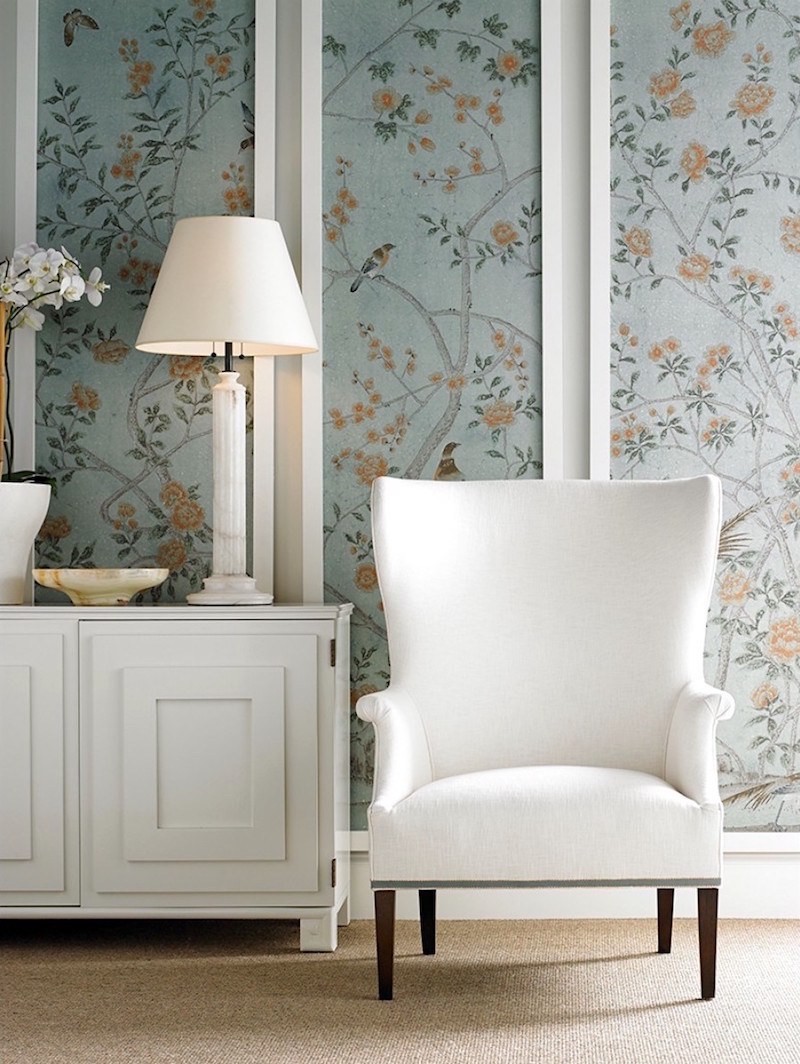
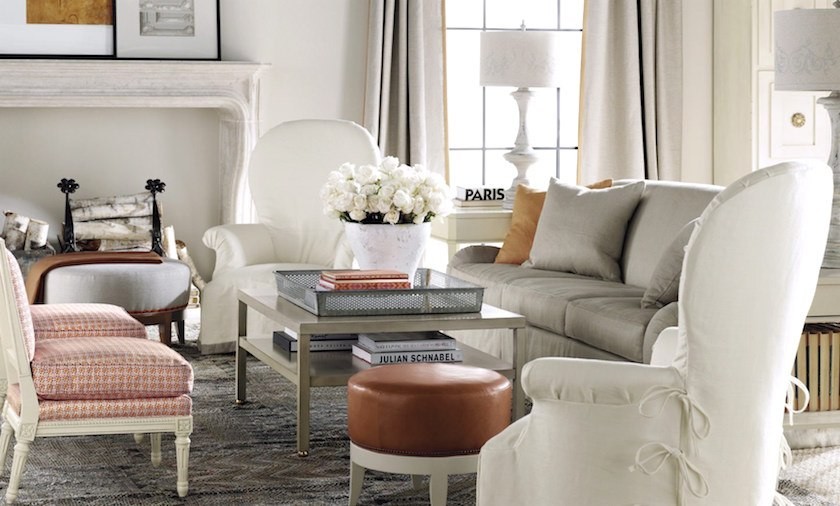

Suzanne Kasler’s exquisite designs are showcased in stunning studio settings and the Hickory Chair Showroom in High Point. The Chinoiserie panels used throughout these spaces add an air of sophistication, as seen in both the faux window and fireplace featured prominently.
And that is, my favorite solution for a windowless room is to create a faux window.
While some might find it tacky, there’s something undeniably elegant about creating the illusion of windows in a room without them. Thomas Pheasant’s design for Baker Furniture is a prime example of this concept, which I’ll delve into shortly. Alternatively, faux-French doors can achieve a similar effect. The key to pulling off this look lies in its execution, which I’ll attempt to break down.
It’s possible to tackle this project as a DIY endeavor, but for a truly professional result, hiring a contractor might be the way to go. If budget permits. A brief exploration of the process and some relevant resources will follow. To set the stage, let me introduce Barry Belcher, whose presentation is worth watching from start to finish. I’ll forgive his minor typo – LED lights, not led lights – as I’m more interested in his ideas than his mistake.
While his approach has merit, I believe it could be refined for an even more polished outcome.
But, the idea of backlighting to create a faux window is a good one.
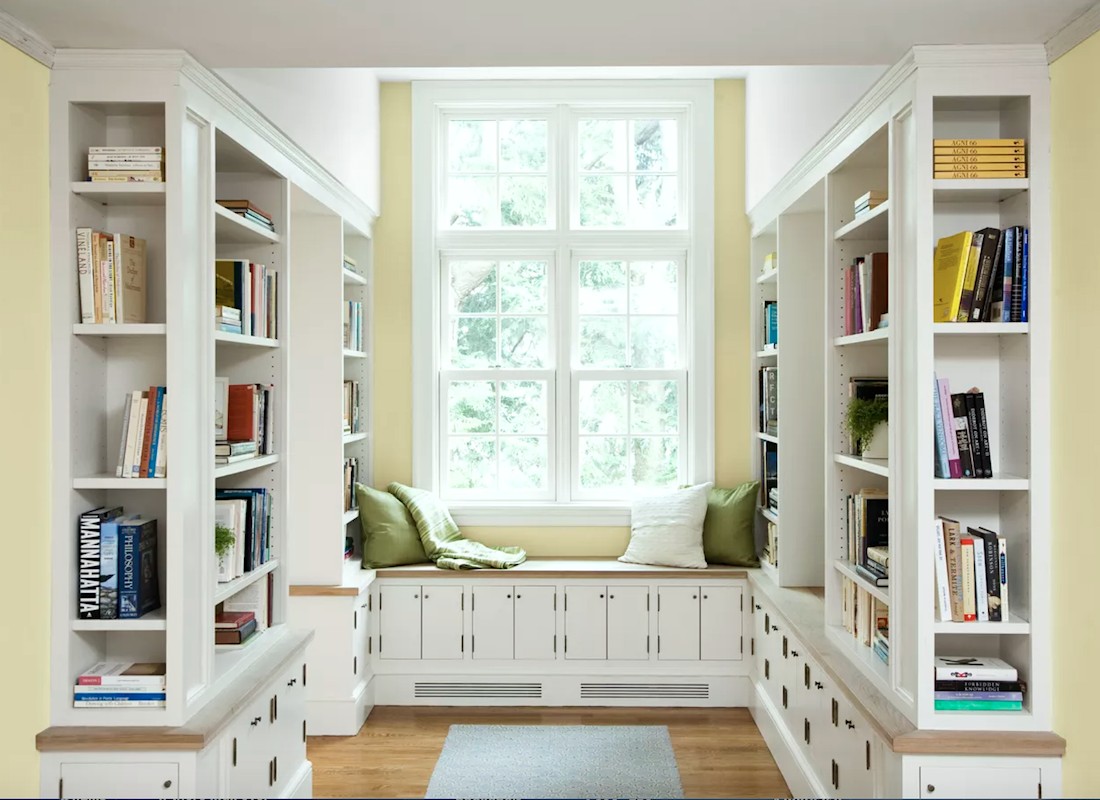
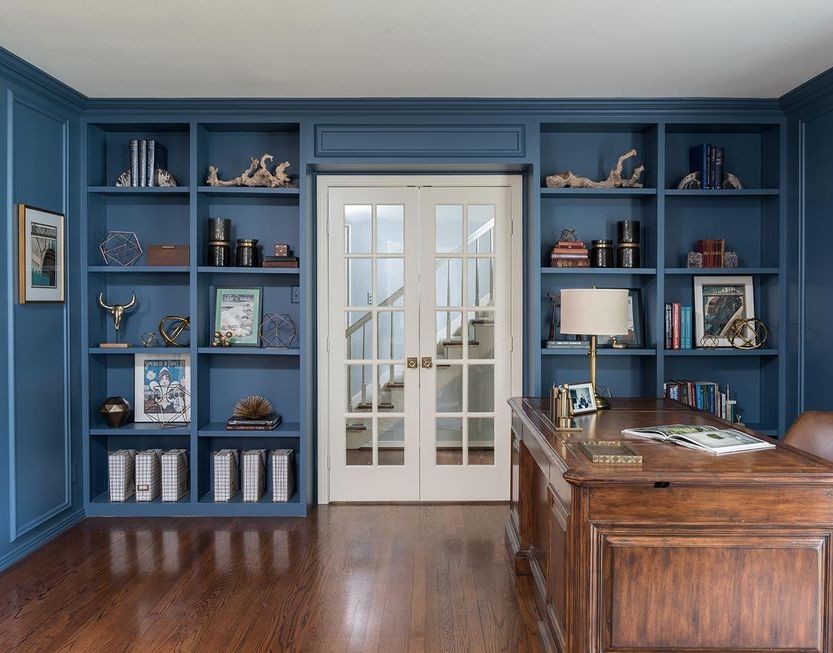

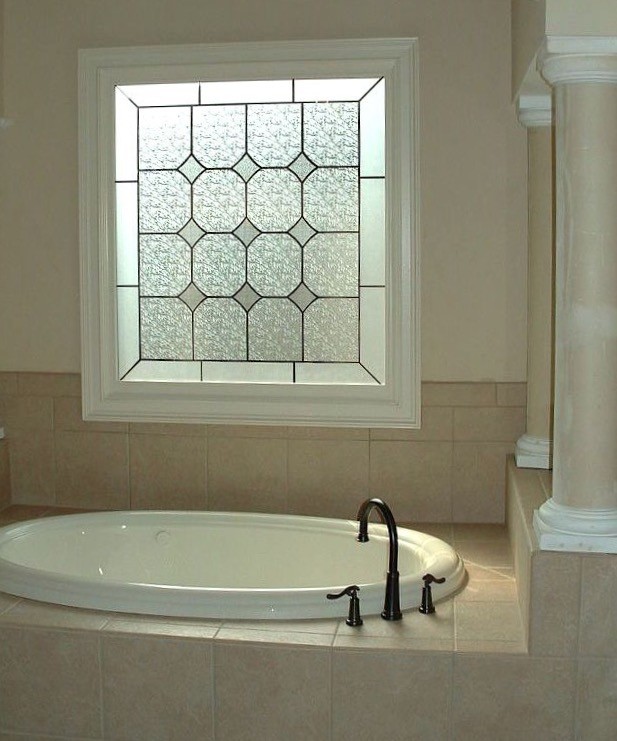


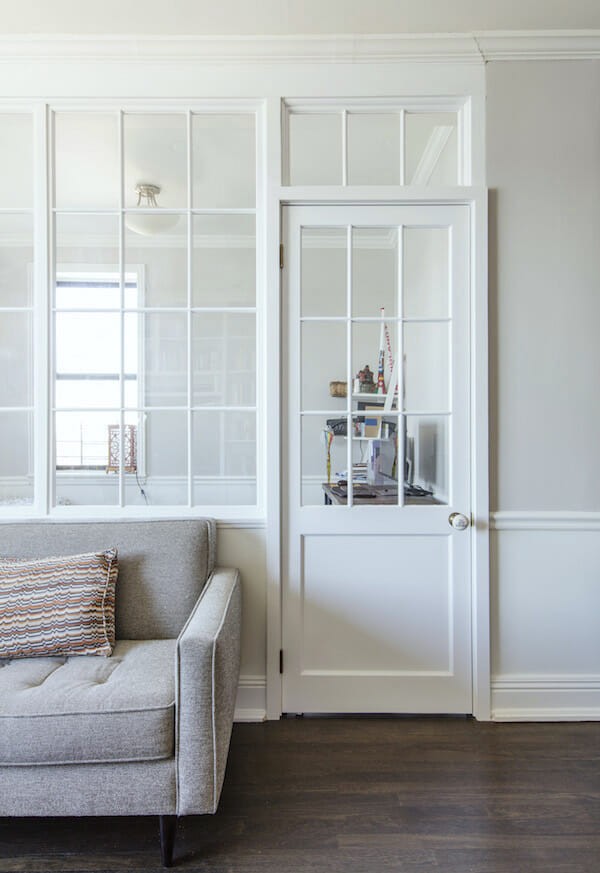
To create a convincing illusion of windows in a windowless room, one approach is to build out a wall and add recessed windows. This technique can be applied to walls of varying lengths, from 12 feet to shorter or longer dimensions. The new wall would be secured to the existing one behind it, allowing for a more realistic appearance. A variation on this idea involves using a French door or faux French Door, which can be designed to simulate real windows.
The door or window could feature frosted glass and LED lighting to mimic daylight. In some cases, designers may use timers to ensure the lights are only activated during daytime hours. This concept can also be applied to creating windows at the end of a hallway or along a corridor. By building out the existing wall, you can create the illusion of multiple windows without having to install actual glass panels.
If the studs on the existing wall are wooden, it may be possible to create a window by cutting into the wall and installing a new frame. In addition to creating windows in traditional spaces, this idea can also be applied to bathroom design. By adding a faux leaded glass window or a recessed window, you can bring natural light into an otherwise windowless space. This technique has been successfully implemented in various homes, including one featured on a popular blog.
The key is to have a sufficient amount of usable space and to ensure that the new wall and windows are properly integrated with the existing architecture.
You must check out the room above.


They designed a room divider with interior windows and a French door, which works well given the existing windows on the other side. However, what if the opposite side of the room, where the sofa is located, doesn’t have any natural light? To create the illusion of brightness, you could install mirrors on that wall, reflecting the abundant light from the rooms behind the windows and French door.
This clever design trick can effectively bring more warmth and energy into a space without direct sunlight.
I must admit that I’m a big fan of interior windows, which not only add visual interest but also make sense in windowless rooms where there may be light on the other side of the wall. Even in larger basements, it’s a great way to create distinct areas and introduce reflective materials for added depth.
I hope these ideas inspire you to get creative with decorating your own windowless spaces.
